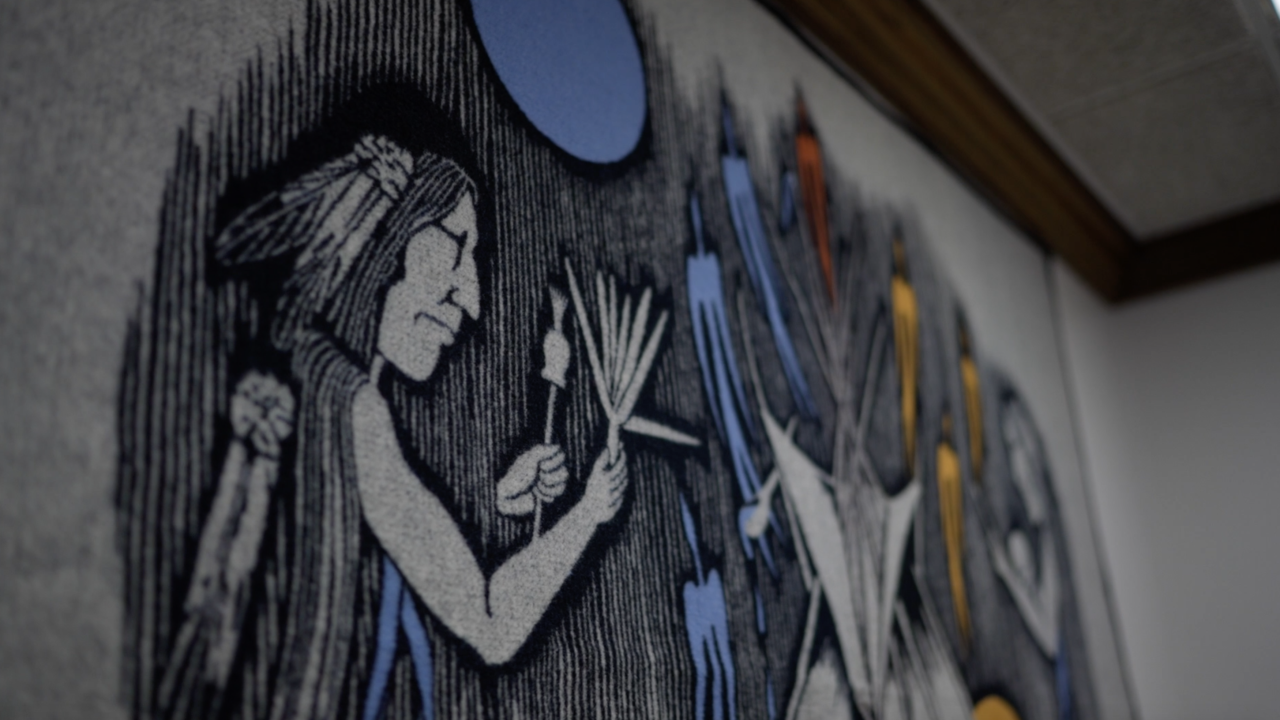While every community is different, the similarities are vast, especially as it pertains to having people of different backgrounds living in the same place.
"How can we expand our world view to honor and acknowledge other people's values," said Maureen Hansen, the district director for the 3rd Judicial District in Iowa.
In Sioux City, Iowa, of those in the criminal justice system, many are indigenous.
"In the entire eight judicial districts in Iowa, 66% of Native Americans that are on correctional supervision reside in our district," Hansen explained.
Maureen Hansen leads the department that works with people on probation and parole in this part of Iowa. She also helps them adjust to life after prison. With Native Americans being incarcerated at a rate 38% higher than the U.S. average for all other groups, Hansen and her team have acknowledged the changes needed to better serve this community.
"I think our jobs have taken a more social work approach than the criminal justice approach or kind of having a balance between the two," said Sara Anderson, a community treatment coordinator for the district.
Anderson organizes workshops, training, and books speakers, who educate their staff on native customs and history.
"If we just would immerse ourselves in different cultures and go outside of our comfort zone, then any of those biases that we may or may not be aware of get challenged," said Kashe Utesch, another community treatment coordinator.
People like Anderson and Utesch work directly with people whose current outcomes rely heavily on corrections understanding and respecting Native history.
"Still in 2022, we have clients that because of generational trauma, because of the boarding schools we had here, don't want to go places and struggle with that," said Utesch.
Will Myer, a juvenile probation officer, points out this is far from how the Indigenous community was always treated.
"Traditional probation was always pounding a square peg into a round hole. If you look at any government policy with Native people, it's always been this is what works for me it better work for you," Myer said.
He points to some prison systems using traditional medicine as the only option for treating sickness, when Indigenous people may use other treatments and have for hundreds of years.
"Sometimes they aren't treated with respect. Sometimes social workers, probation officers, judges, they make a choice to have a disrespectful attitude," said Terry Medina, a former probation officer.
As a Native man and a former probation officer, Medina says understanding cultural differences is crucial.
"As non-Native, we need to respect that, and how can we let them have some of their Native possessions in their properties and respecting those boundaries with them," Hansen said.
Now, on the other side of the criminal justice system, Trisha Etringer wants more incarcerated Natives to have this experience as opposed to the one she had.
"This is really personal when it comes to working with the probation and parole officers here in Sioux City, Iowa, because I was part of that system," said Etringer. "To go back to your office now and say, 'Wow, I didn't even realize. Maybe I had a client that was a part of the Indian boarding school era. This makes a lot of sense.'"
This community is just one example of the positive effects respecting and understanding culture can bring.
"Community corrections is about having a healthy community; it's about having a safe community," Hansen said.
"We see people getting better. We see people getting stronger and people feeling better about themselves," Myer said.
"It can adapt how we work with our clients, but it can also adapt to how we raise our next generation to have a better cultural understanding," Anderson said.




